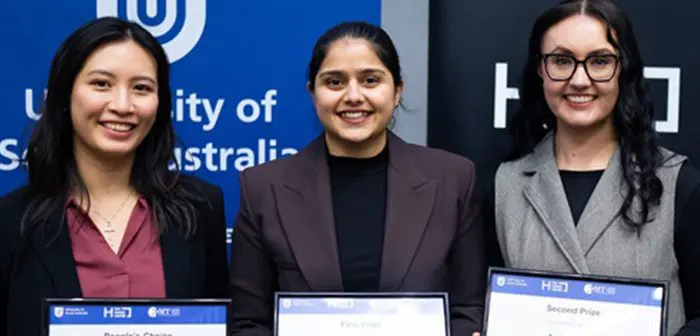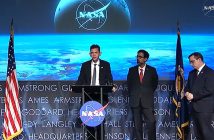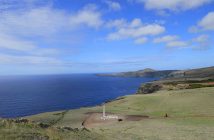
Cutting-edge research from the University of South Australia (UniSA) is laying the foundation for a new generation of tiny, high-performance satellites capable of identifying intricate detail day or night, and invisible movements such as plant growth and volcanic activity.
PhD candidate Cheryl Chan is leading the project. She explains: “Building high quality imaging systems comes with a challenge, because when you’re sending cameras into space, every gram and cubic centimetre is expensive.
“I’m tackling this by investigating the use of free form optics rather than the standard round shape found in traditional telescopes.
“These are complex, irregular surface shapes – more like a Pringle or a wave than a perfect bowl. The complex surface shapes allow us to bend, fold and compress light paths into radically compact ways, which means fewer components, lighter systems and smaller satellites.”
To keep production costs low, Chan is also exploring a new fabrication method leveraging 3D printing combined with ultra precise post-processing techniques, that can economically deliver a detailed and smooth surface for use with infrared applications. Her research was shared at UniSA’s Three Minute Thesis (3MT®) Grand Final last week, where her presentation was awarded the Peoples’ Choice award.
Taking top honour in the competition was Namrata Nair, whose research into sanitation access across India mapped out the stark disparities and social consequences. By analysing sample data from over 600 districts, Nair found that in a third of these regions, more than half the population lacks access to an indoor toilet.
“When something as basic as a toilet is out of reach, it creates deep feelings of deprivation and resentment,” Nair said. “And when people feel left behind, it threatens the safety and cohesion of society.”
Her district-level mapping offers a powerful tool for targeted government action and community sanitation programs—an approach that could be replicated in other countries to improve public health and safety.
Professor Sandra Orgeig, UniSA Dean of Graduate Studies congratulated Nair on her outstanding presentation.
“The UniSA 3MT Grand Final highlights how our PhD students communicate ambitious ideas with clarity, impact and engagement,” Prof Orgeig says.
“Namrata’s work offers governments practical tools to improve dignity and build safer, fairer societies. This year’s finalists were especially strong across diverse fields – well done to all.”
Runner up in the competition went to Anita Kral, who revealed that mould particles trigger lung stem cells to express asthma-inducing signals.
Mould exposure is known to be a trigger for asthma, with up to 80% of asthmatics globally believed to have mould allergies.
Previous research suggests a link between mould exposure and an increased risk of developing lifelong asthma, but until now the mechanism for this has not been fully understood.
“I created a mini lung in a dish model to observe precisely how mould exposure influences lung development,” Kral explains.
“We found that mould exposure rewires the lung stem cells to produce signals that induce asthma, and these signals persist long after the initial exposure.”
Kral is now investigating how existing signalling pathway inhibitors can block or silence these harmful signals, potentially paving the way for new asthma prevention strategies.
The 3MT® competition celebrates the communication skills of PhD candidates, challenging them to present their research in just three minutes using non-technical language and a single slide. The 2025 UniSA Grand Final was presented by The Bob Hawke Prime Ministerial Centre and the Office for the Dean of Graduate Studies, supported by UniSA Academic Units. A video of the event will shortly be available at The Bob Hawke Prime Ministerial Centre’s website.
Nair will now represent UniSA at the Asia Pacific Final, hosted by The University of Queensland. 3MT is an academic research communication developed by The University of Queensland.





